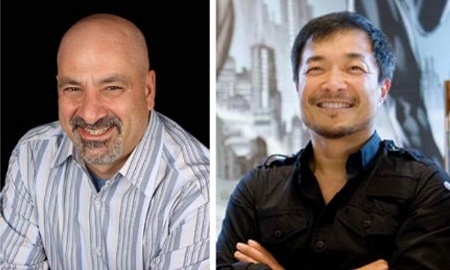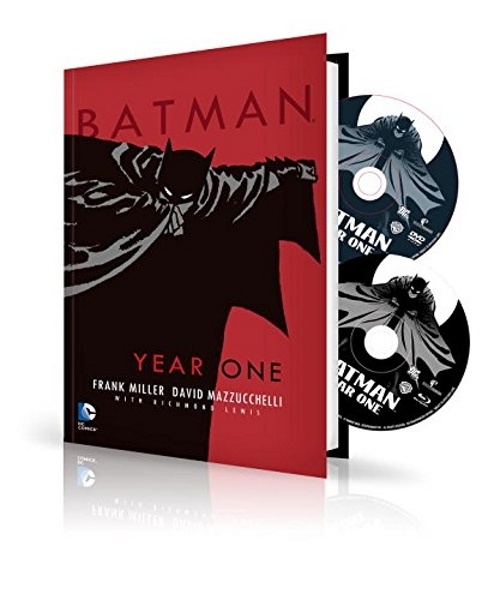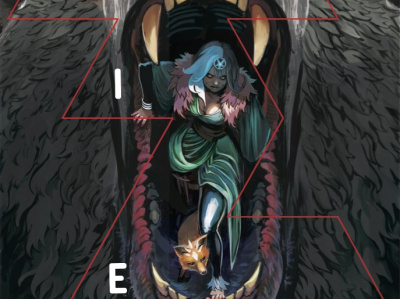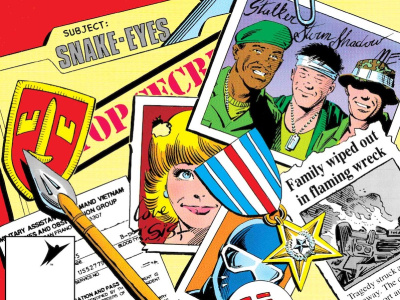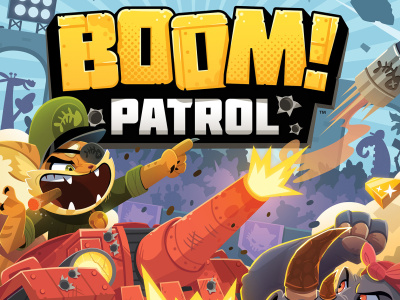ICv2 interviewed DC co-publishers Jim Lee and Dan Didio at Comic-Con in our annual conversation about the state of the market and DC’s place in it. In Part 1, we talk about the market in comic stores, bookstores, mass, and digital, and whether variants are at the danger point. In Part 2, we talked about the move to Burbank and its impact on DC’s editorial output, and the changes DC is making to improve its relationships with its talent. And in Part 3, we talked about a DC policy change and its impact on comic retailers, and the company’s big initiatives for Fall.
What’s your assessment of the condition of the comics market, here in July of 2015?
Lee: The comics market seems very healthy. It seems to be on its fourth year of growth, starting in 2011.
Gee, what happened that year?
Jim Lee: Well there’s a lot of things. The “New 52,” for all of its pros and cons, at the end of the day really jump-started the business. It brought a lot of new people into the shops. It lifted sales for not just our books, but for a lot of our competitors as well.
We’re excited. Along those lines, I’m looking forward to seeing what Marvel does, because I think that’s also going to create some excitement. We’ve got stuff going on where we’ve pivoted off the “New 52.” We have this June initiative where we’ve taken our core books, half our line and really focused them on our core audience by taking 24 books and bringing in new voices. We’re taking chances on characters that haven’t been in the spotlight before and introducing new tonalities into the line-up. So it’s really an acknowledgement that the marketplace has changed, the readership has changed, and we’re really trying to embrace that and bring them into the fold.
Dan Didio: We’re in an area of transition. We always have to temper our enthusiasm and we’re watching the growth. We’re not just watching the growth with ourselves, but we’re seeing a lot of new players enter the marketplace. If I’m a retailer, I’m looking at 400-plus titles a month that I’m choosing between.
Not counting variants.
Didio: And variants are a key issue too because I always get concerned when variants drive the sales more so than the content. Because as soon as variants drive the sales and you’re dealing with the smaller and more select audience, the chance of that coming apart could take apart the whole industry. So I think that while variants are good to get people initially excited about titles, and are able to infuse new cash into the business for retailers, I think we’ve got to not lose focus on our content.
Do you think we’re at a danger point with variants?
Didio: It’s hard to say. I’ve been saying this for a couple of years now. I’m always concerned, and we’ll always be concerned about variants. Because if we’re selling things just off the cover and the interior doesn’t matter, then why do we even bother creating comics on the inside?
From my standpoint, we’ve got to double our efforts to make the content as strong as possible, so the variants aren’t the driving force but just additive, which is all they should be at the end of the day.
Lee: You have to bring value to the variant program. You can’t just keep doing the same thing and expecting people to be excited by it. You’ve got to make them as organic as possible, creatively driven, to have an emotional side, that’s not just as a collectible, but as something that’s really cool about this variant. When we did the Bombshell variants, it really hit a note with the audience and made it one of our more successful promotions. So that’s the kind of stuff we’ve been talking about.
Didio: Exactly.
[Note: We asked the variant question in our interview with the duo two years ago, and the answer has changed somewhat, see “Interview with Lee and Didio 2013, Part 1” to compare, ed.]
Lee: One thing I wanted to add is that the digital side seems to have kind of matured.
As it has in books.
Lee: I don’t know if it’s because it’s not the novel, new thing, or if the business model needs addressing, but it’s something we’re aware of. Again, we want to interject new ideas, new initiatives to make that continually appealing to readers, because we really feel that is a big part of our strategy of bringing new and casual readers into the marketplace.
Are you seeing any differences in rates of growth within the channels (comic stores vs book stores, digital)?
Didio: While digital might have platformed, we’ve seen some growth in the bookstore marketplace. What we’re identifying is that we think that a lot of the media is driving the casual reader to the bookstores or to Amazon. It’s one of these indications. We see space increasing in Barnes and Noble. We’re into creating new programs. We’ve just put the DVD combined with the book that we’re pushing into Best Buy and other places as a way to get our product out there.
Which product is that?
Didio: We’ve got six books coming out in August. We took some of the direct-to-video animated features that we did that were inspired by a particular graphic novel and we’ve combined that video with the graphic novel and created a special book set, and we’re selling those through Best Buy. They were very anxious to do it and very supportive of it. We see a real hunger for our material. What we’re realizing that we have to do is that we have to adapt our formats in order to reach particular markets, and hopefully get better sales that accompany it.
Lee: It’s also offered in the direct market, but Best Buy is a big partner in helping us drive content to mass.
Click here to go to Part 2.
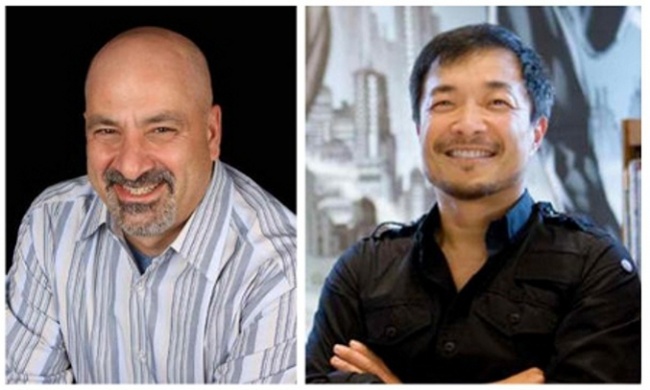
The Market, Variants
Posted by ICv2 on July 21, 2015 @ 4:32 am CT
MORE COMICS
And Why Some Aren't Paid
August 12, 2025
Not all post-petition invoices were getting paid as they come due.
New 'Die' Story Out in November, Alongside 'Die Quickstart RPG Guide'
August 11, 2025
The Die: Loaded #1 will be released in November 2025, the same month as The Die RPG Quickstart Game Guide.
MORE NEWS
'Hama Files Editions' Will Include a Letter from the Creator
August 11, 2025
Each issue of the Hama Files Editions will include a letter from Hama with background information about the comic.
New Tank Battle Board Game by Smirk & Dagger
August 11, 2025
Smirk & Dagger will release Boom Patrol, a new tank battle board game, into retail.



